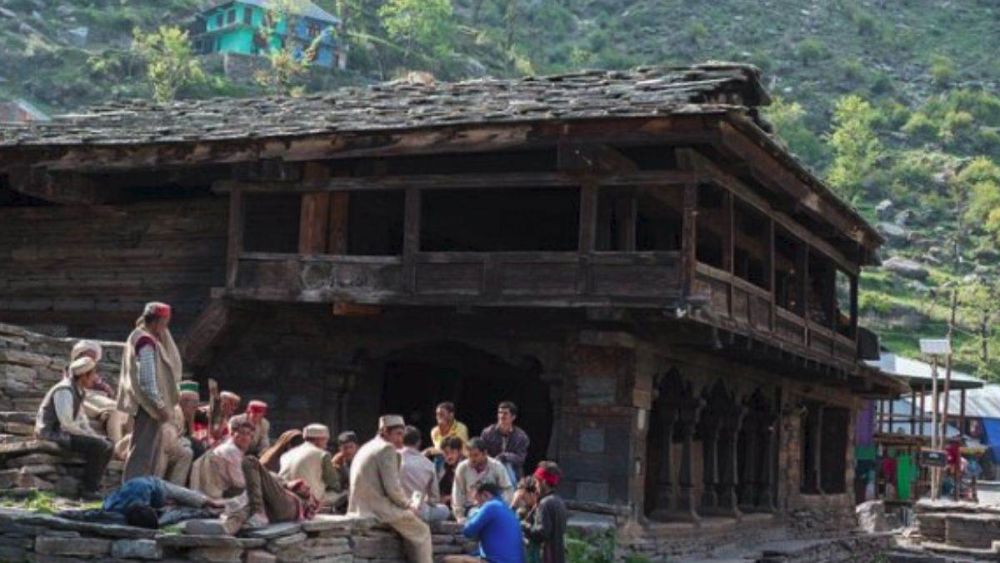

Malana, a solitary village in the Kullu Valley of Himachal Pradesh, is shrouded in ancient lore and traditions. Tucked away at an altitude of 2,652 meters (8,701 feet) above sea level, it is often referred to as 'Little Greece' for its claimed lineage from Alexander the Great's soldiers. Historically, Malana was a self-contained economy, with little interaction with the outside world. It is the inhabitants’ staunch belief in their unique culture and judicial system, structured around the worship of Jamlu Devta (the presiding deity), that has maintained Malana’s distinct identity for centuries.
The history of tourism in Malana is relatively recent. For a long time, this remote village was an enigma to the outside world due to its treacherous terrains and the villagers’ preference for isolation. It wasn't until the hippie movement in the 1960s and 1970s that Malana came under the spotlight. Attracted by the allure of Malana Cream – a high-quality hashish that is a local produce – intrepid travelers and hashish aficionados began to visit this reclusive settlement.
Over the years, as adventurous backpackers shared tales of a village frozen in time, tourism began to blossom. Despite the challenges of accessibility, more visitors have made the strenuous trek to experience the enigmatic culture of Malana, which has remained largely untouched by modernity.
Today, Malana is witnessing an unprecedented influx of visitors. The latest trends in tourism here lie in the exploration and appreciation of its rich culture, heritage, and natural beauty. Trekking has become quite popular, with Malana being a charter on the famous Malana-Chanderkhani Pass trekking route, which offers stunning panoramic views of the surrounding snow-clad peaks and valleys.
Besides adventure tourism, cultural tourism is also gaining momentum. Tourists are now more interested in immersive experiences, yearning to learn about the unique societal customs and regulations of the Kanashi-speaking people of Malana. However, tourism development raises concerns about preserving the social fabric and environment of this fragile ecosystem. The local governing bodies, along with tourism boards, are working together to ensure sustainable tourism practices that balance economic growth with the conservation of Malana's cultural and natural heritage.
Another notable trend is the growing emphasis on ecological tourism. There is an increasing consciousness among travelers and tour operators about the need to leave a minimal ecological footprint. Malana's paths and natural surroundings are kept pristine, with strict rules against littering and vandalism to protect the biodiversity and cultural significance of the area.
Infrastructure development has seen an uptick as well. Although still limited compared to mainstream destinations, there has been an improvement in the lodging facilities and transportation to cater to the growing number of tourists. Traditional homestays and guesthouses have become more common, offering a closer glance into the daily life of Malanese people.
The challenge for Malana comes in safeguarding its heritage while accommodating tourists. The village has already seen changes with the construction of roads and the influence of external culture. Organizations such as UNESCO have shown interest in preserving the unique culture and language of Malana, potentially classifying it as a World Heritage site in the future.
Preservation efforts are also being taken at the community level. The Malana Panchayat has imposed regulations for visitors, including a code of conduct to respect local customs. The delicate balance between welcoming the economic advantages of increased tourism and preserving the ancient charm of Malana continues to be a ponderous task.